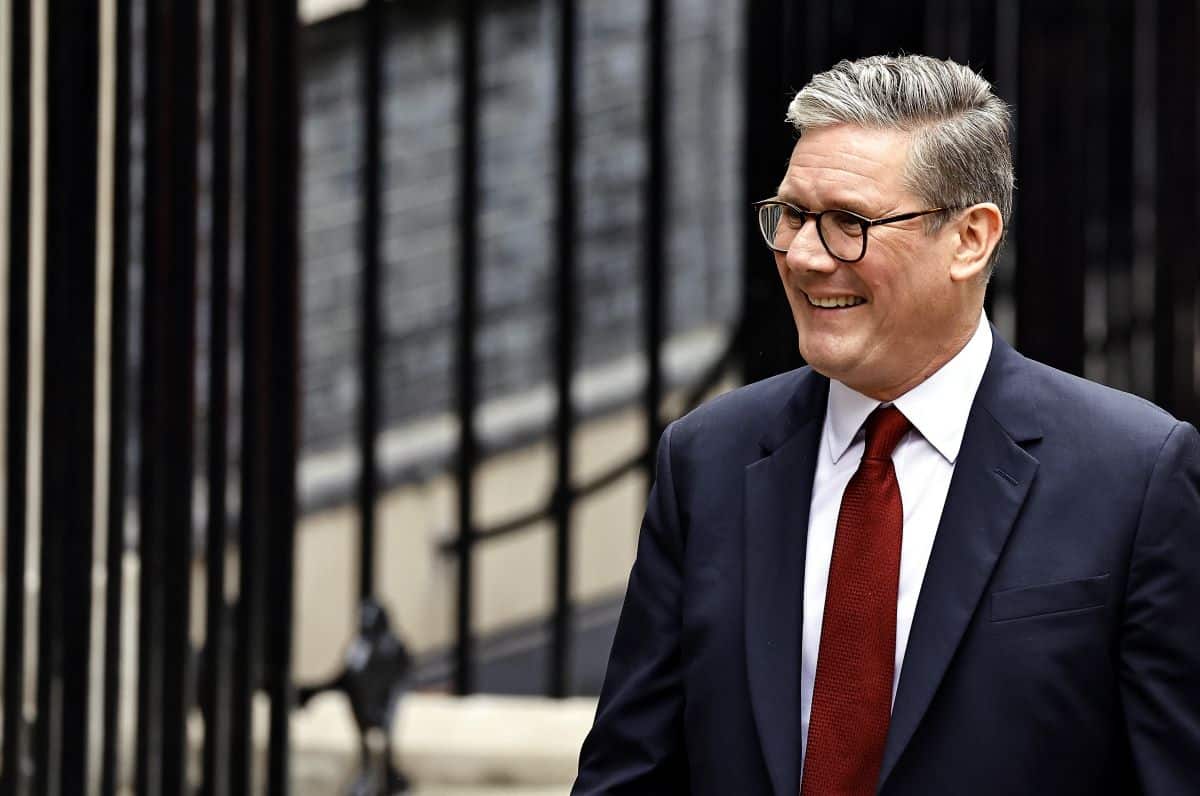It’s time to challenge the notion that Labour and the Conservatives are fundamentally different. Under Keir Starmer, Labour has drifted closer to centrist policies that have traditionally been the hallmark of the Tories. Here’s a look at how the supposed opposites in British politics are increasingly alike.
1. Economic Policies: Same Playbook

Labour and the Tories both swear by the same fiscal playbook these days. Starmer has pledged to stick to Conservative tax and spending plans, echoing Tony Blair’s strategy of centrist economic policies. This commitment to maintaining the status quo leaves little room for the radical economic reform some voters might expect from Labour.
2. Immigration: Different Rhetoric, Same Results

While the parties might use different language, their approach to immigration isn’t that dissimilar. Starmer’s Labour hasn’t committed to undoing many of the strict controls imposed by the Conservatives. Despite their promises of fairness, both parties seem more interested in maintaining stringent immigration policies that appeal to centrist voters.
3. NHS: A Shared Mess

Both parties loudly proclaim their support for the NHS, yet the system remains under significant strain. Labour and the Conservatives continue to promise increased funding, but neither seems willing to tackle the deeper structural issues. The NHS remains a political football, with both sides playing to the gallery without delivering real change.
4. National Security: In Lockstep

When it comes to national security, Labour and the Tories march to the same beat. Starmer has supported the renewal of Trident and other defence measures that the Conservatives have long championed. The differences here are more about rhetoric than actual policy, with both parties committed to maintaining the status quo.
5. Global Trade: The New Normal
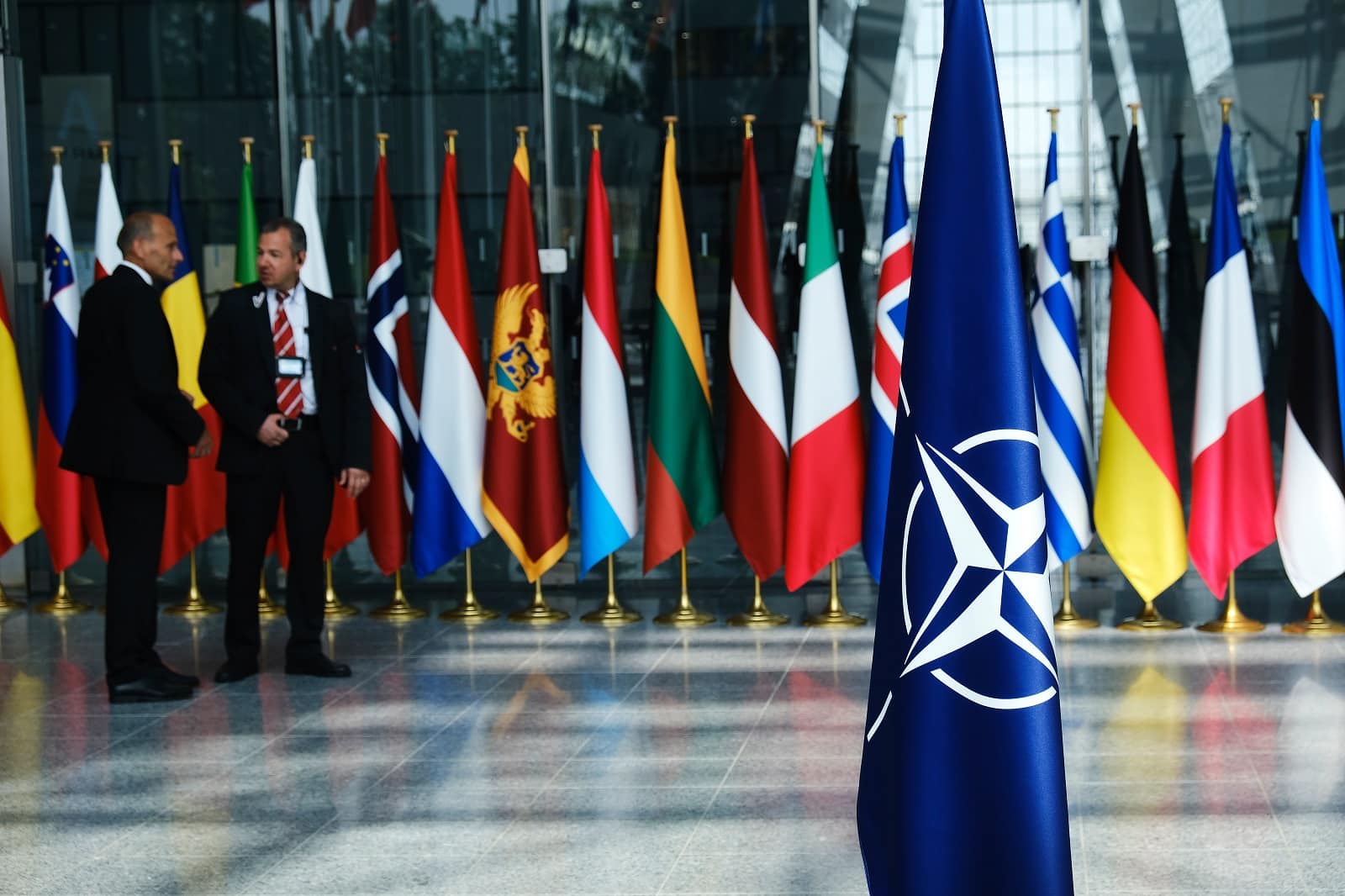
Both parties support strong international trade relationships despite the ongoing fallout from Brexit. Labour, under Starmer, hasn’t proposed significant shifts in trade policy, largely mirroring the Conservative approach. This shared stance underscores how little difference there is between the parties when it comes to economic globalization.
6. Flexible Working: Ticking the Boxes

Both Labour and the Conservatives have made flexible working a flagship policy, but the impact is questionable. It’s a policy that looks good on paper and plays well with voters, but in practice, it’s more about making small concessions than bringing about meaningful change in workplace culture.
7. Public Sector Pay: A Half-Hearted Effort

Labour and the Conservatives both talk about the importance of public sector workers, yet both have presided over pay freezes and minimal increases. The modest pay raises offered by both parties suggest that neither is fully committed to significantly improving conditions for public servants.
8. Environmental Policies: Converging Strategies

Both parties are quick to tout their green credentials, but Labour’s recent retreat from its £28bn green energy pledge shows that they’re not as different as they claim. Both parties now favour business-friendly environmental policies that fall short of the radical changes needed to combat climate change effectively.
9. Welfare: Same Old Story

Welfare reform is another area where Labour and the Tories are more alike than they’d like to admit. Starmer’s Labour has not proposed dismantling the Conservative welfare framework but rather making modest reforms. This reflects a shared belief in a welfare system that is more about management than transformation.
10. Education: Shared Shortcomings

Both Labour and the Conservatives push for higher standards and accountability in education, yet neither has addressed the systemic issues plaguing the system. Labour’s support for academies and other Tory-initiated reforms shows how closely aligned the two parties are on education.
11. Housing: Overpromising, Underdelivering

Both parties have promised to tackle the housing crisis, but the results have been underwhelming. Labour’s plan to build 1.5 million homes echoes Conservative pledges from the past, but delivery remains a significant challenge. The rhetoric might differ, but the outcomes have been remarkably similar.
12. Anti-Terrorism: A United Front

Labour and the Conservatives share a tough stance on anti-terrorism, supporting extensive surveillance and stringent laws. Both parties prioritize national security, often at the expense of civil liberties, reflecting a common approach to dealing with modern threats.
13. Mental Health: More Talk, Less Action

Mental health has become a popular talking point for both parties, but the system remains critically underfunded. Labour’s proposals may sound more empathetic, but in practice, they don’t differ significantly from Conservative policies, leaving mental health services in dire need of real reform.
14. Infrastructure: Promises, Promises

Both parties love to promise infrastructure investment, but the reality often falls short. Labour’s grand plans for transport and housing infrastructure sound strikingly similar to past Conservative promises, yet both parties struggle to deliver meaningful improvements.
15. Public Broadcasting: Conditional Support
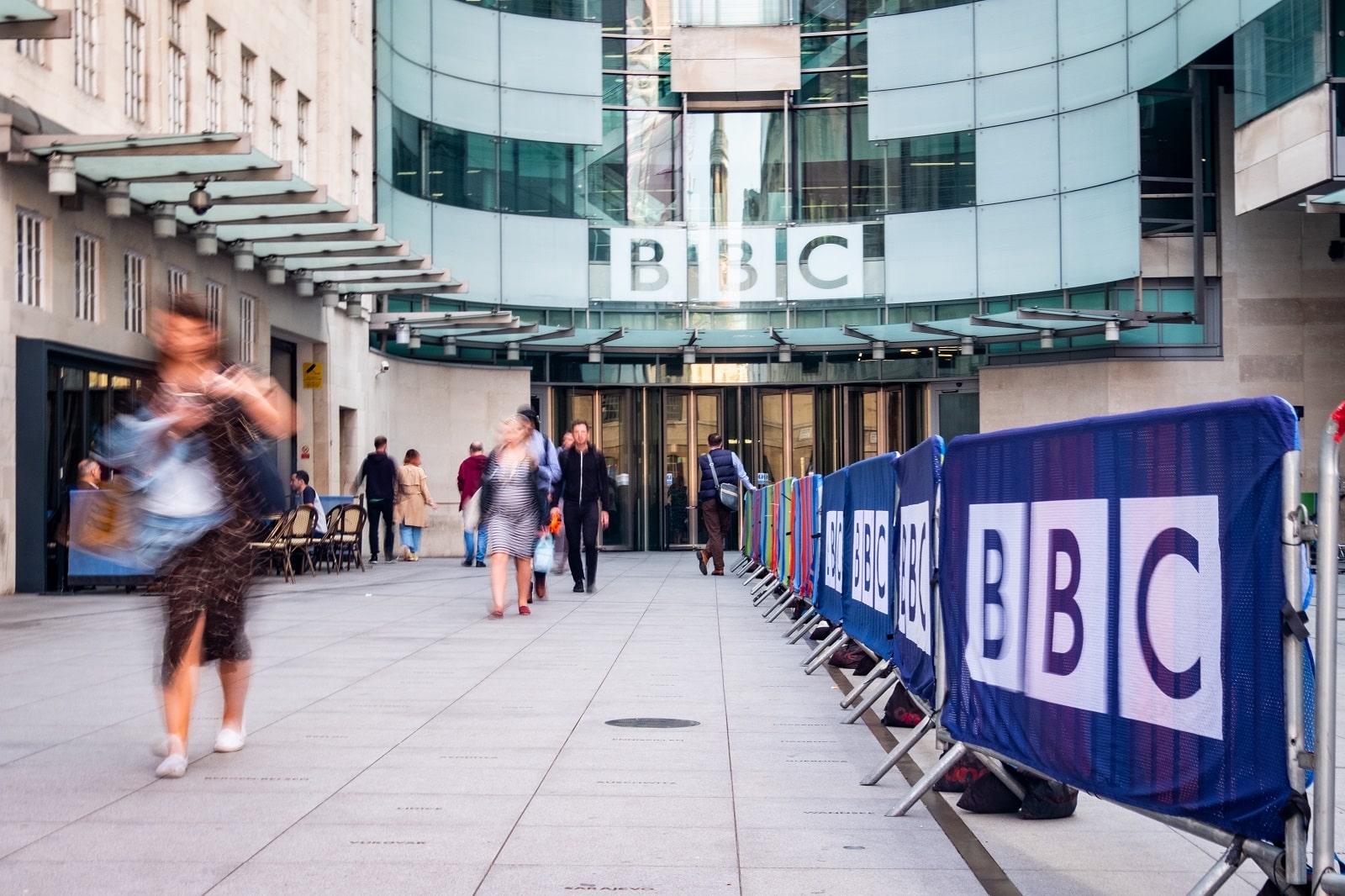
Support for the BBC and other public service broadcasters is a stated priority for both Labour and the Tories, yet both have undermined these institutions at times. The shared commitment to public broadcasting often seems more like lip service than a genuine pledge to protect these vital services.
16. Social Reforms: Incremental Tweaks

Labour’s social reform agenda under Starmer focuses on incremental changes, much like the Conservative approach. While they might disagree on details, the overall direction—slow, cautious reform—is the same, leaving little room for bold initiatives.
17. Crime and Policing: Business as Usual

Both Labour and the Conservatives have promised to increase police numbers and tackle crime, yet the public remains sceptical. Labour’s approach is a softer version of the Conservative tough-on-crime stance, but the fundamental policies remain largely aligned.
18. Family Rights: Low-Hanging Fruit

Strengthening maternity and paternity rights is one area where both parties agree, but neither is pushing the boundaries. Labour’s proposals build on Conservative policies without introducing any radical changes, showing that on family rights, there’s more consensus than conflict.
19. Digital Economy: Treading Lightly
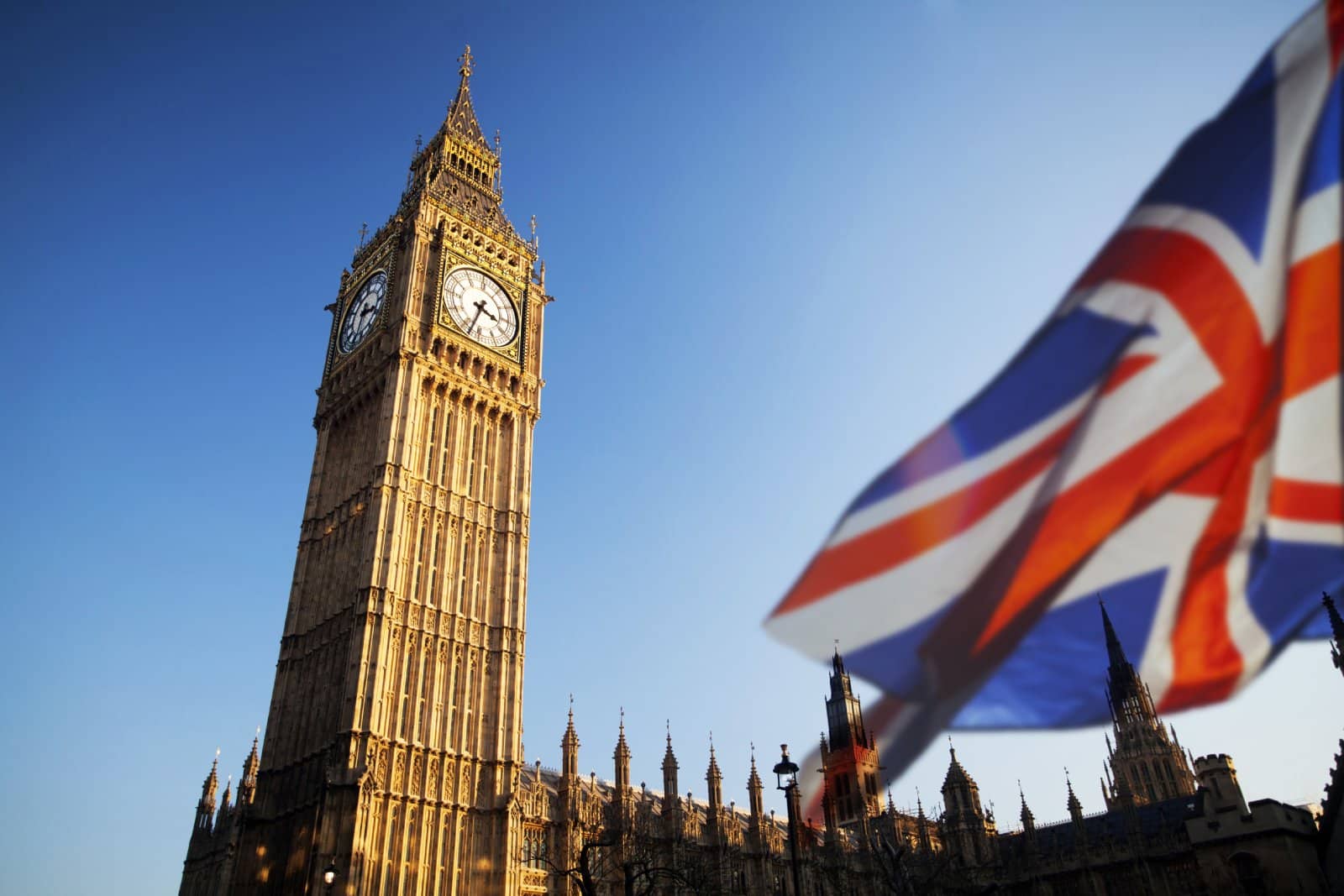
Both Labour and the Tories recognize the need to regulate the digital economy, but neither has proposed anything groundbreaking. Labour’s plans for digital regulation closely mirror Conservative strategies, focusing on small, safe steps rather than the bold action that might be required.
20. Anti-Corruption: Talk, No Walk

Both parties claim to prioritize transparency and anti-corruption, yet scandals continue to plague both sides. Labour under Starmer has talked about cleaning up politics, but their approach doesn’t differ significantly from Conservative efforts, leading to a shared inability to curb misconduct effectively.
The Same Beast
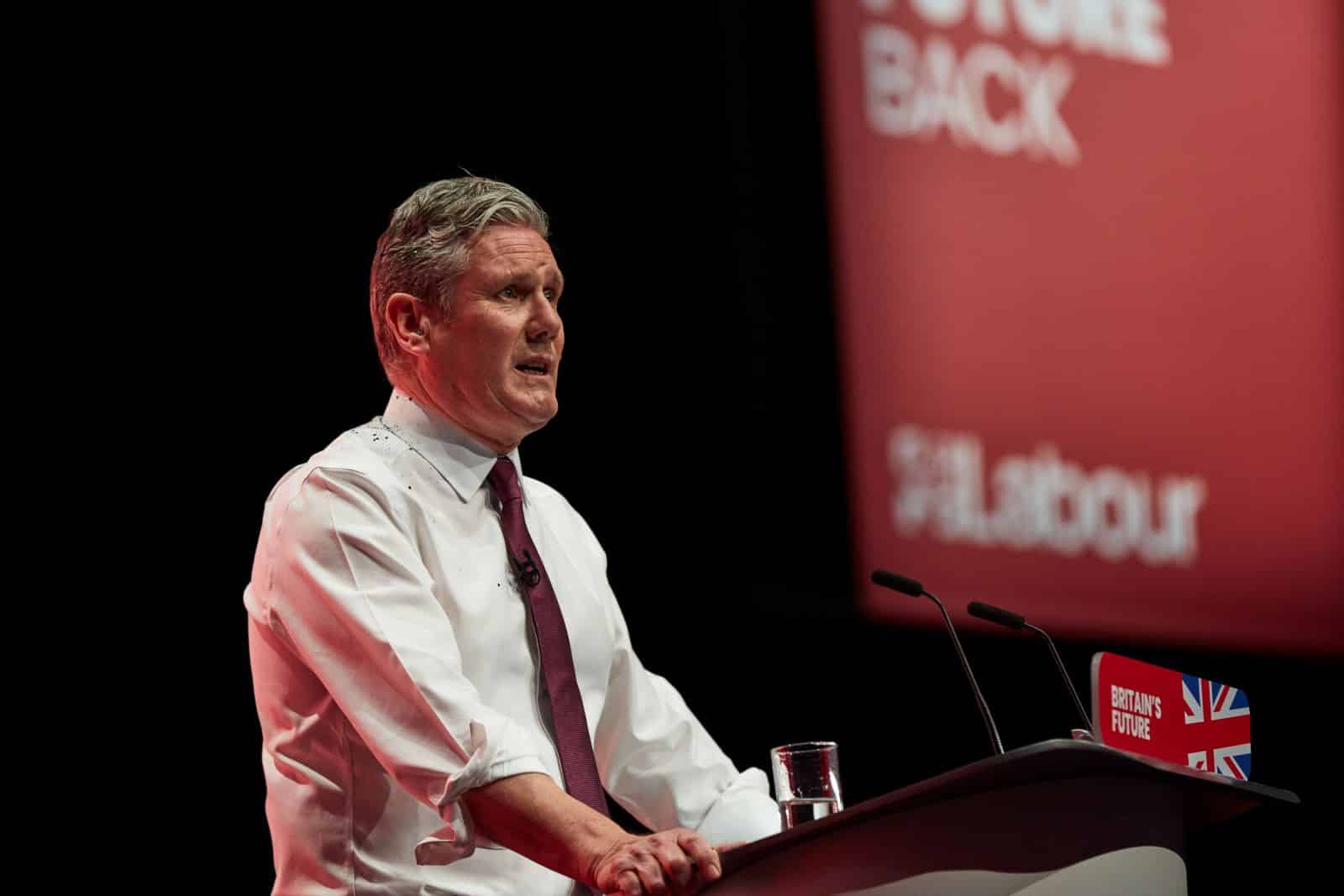
In many areas, the Labour Party under Keir Starmer and the Conservatives are not as different as they’d like voters to believe. While they might dress up their policies in different rhetoric, the underlying approaches reveal a significant amount of overlap, challenging the idea that the two parties offer truly distinct visions for the UK’s future.
Featured Image Credit: Shutterstock / Sean Aidan Calderbank.
For transparency, this content was partly developed with AI assistance and carefully curated by an experienced editor to be informative and ensure accuracy.
The images used are for illustrative purposes only and may not represent the actual people or places mentioned in the article.

